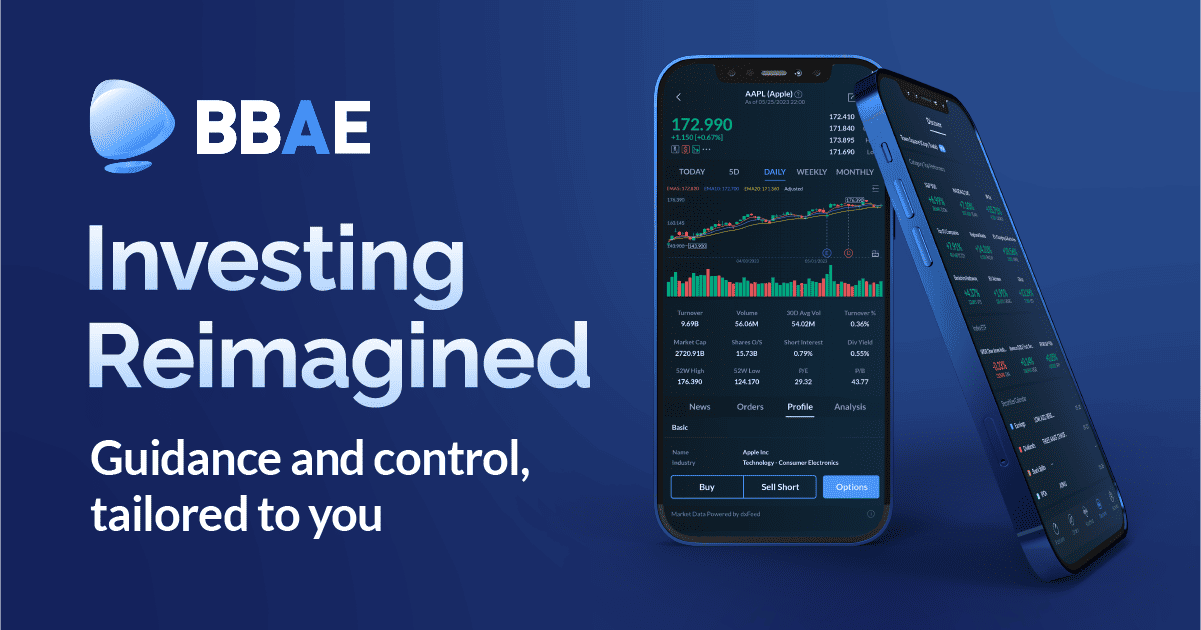Mercado Libre (MELI) – Earnings Review – May 4, 2024

Mercado Libre is an e-commerce, logistics and payments giant in Latin America with a quickly broadening product offering.
Note that Meli made a series of changes to reporting disclosures starting this quarter. I used the old method of disclosing in the charts for fair comps (with reconciliation included). First, Mercado Pago Interest Income and Expense was moved from below the EBIT line to above it. For its shipping business (Mercado Envios) it changed its position from an agent to a principal. Previously, it netted shipping costs out of gross revenue. Now, it reports revenue as gross revenue and puts shipping expenses in cost of revenue line. Finally, it removed peer-to-peer volume from total payment volume (TPV). I’ll cite the impact of these changes throughout the piece.
Demand
Meli crushed revenue estimates by 11.9%. It dealt with violent Agentinian FX headwinds during the quarter, but the team got out in front of this with the street and properly set itself up for another quarter of outperformance. Its 46.4% 3-year revenue CAGR compares to 47.4% Q/Q & 49.7% 2 quarters ago.
- Excluding aforementioned changes in reporting disclosures, revenue grew by 30% Y/Y.
- Brazil revenue rose by 44% Y/Y excluding changes and 57% Y/Y overall.
- Mexico grew by 55% Y/Y excluding changes and 59% Y/Y overall.
- Argentina fell by 19% Y/Y excluding changes and fell 22% overall (Hyperinflation & currency devaluing).
- Commerce revenue rose by 31% excluding the changes and rose 49% overall.
- Fintech rose by 28% excluding the changes and rose by 22% overall.


Source: Brad Freeman – SEC Filings, Company Presentations, and Company Press Releases
TPV growth and GMV growth were 86% Y/Y and 71% Y/Y FXN respectively.
Profitability & Margins
- Beat EBIT estimates by 7.9%.
- Beat $5.95 EPS estimates by $0.83.
Had I used this new method:
- Excluding changes, GPM would have been 46.7% for this quarter vs. 50.7% Y/Y.
- Excluding changes, EBIT margin would have been 12.2% vs. 13.1% Y/Y.
- Excluding changes, EBIT rose by 44% Y/Y and 26% Y/Y overall.
- Excluding changes, net income margin would have been 7.9% vs. 6.3% Y/Y.
Operating leverage was enjoyed across all three operating expense (OpEx) buckets and every single geography besides Argentina.


Balance Sheet
- $6.2B in cash & equivalents.
- $5.3B in debt.
- Shares fell 1% Y/Y.
Valuation
Meli trades for 49x 2024 GAAP EPS. EPS is expected to grow by 75.8% Y/Y.
Call & Release
Argentina:
The FX headwind this quarter was about as pronounced as you will ever see it. While Argentina volume rose by 214% Y/Y, real growth was negative due to foreign exchange. That country is undergoing a painful economic reform as we speak. I actually think that the reform will turn out to be a structural tailwind for MELI as their government slashes regulation and promotes private enterprise growth. It will just take time. Even now, MELI sees pain as a relative boost to its operations there, as it’s able to weather the storm better than its competition can.
Commerce:
MELI continued to enjoy rapid, 30%+ FXN commerce growth in Brazil and Mexico. Items sold growth was also strong at 32% in Brazil and 28% in Mexico. As it scales, the company keeps enjoying happier customers with its Net Promoter Score (NPS) setting new highs. While this is not an irrelevant datapoint, it is somewhat noisy due to the abstract, internally derived nature calculations. 5 different companies can measure it 5 different ways. Conversion rates rose with broadening selection, unique buyers rose by 18%+ across all markets, new cohort retention is strengthening… This segment is rocking. Take rate also continued to rise from 17.8% to 22.0% Y/Y thanks to flat shipping fee changes and advertising. Strong demand and a larger piece of the pie is a great combination.
- Debuted split payments to allow customers to purchase goods with more than one payment method.
- Mercado Pago’s checkout gateway penetration continues to rise.
- Items sold per buyer rose to 7.2 vs. 6.7 Y/Y.
- 53.5 million unique active buyers vs. 46.1 million Y/Y.
Meli + (loyalty program) delivered expected engagement, volume and retention advantages once again. One newer perk called Meli Delivery Day allows members to select one day of the week to receive free shipments. Uptake here has been stronger than expected, which is weighing on same-day delivery rates and fulfillment contribution margins just a tad. That’s a trade-off the company is more than happy to make.
Logistics:
Late deliveries reached record lows and speed of delivery set record highs despite Meli delivery day. Meli’s fulfillment penetration, which represents the proportion of orders it fulfills itself, rose from 44% to 52% Y/Y. Vitally, cost per order is stable Y/Y as it closes the gap between Meli-fulfilled margins compared to using 3rd parties. Investments to build out the fulfillment network will be relatively stable in 2024 vs. 2023 as it will keep growing the footprint like it’s “business as usual.” These continued investments and more free shipping are why shipping costs rose 60 bps as a percent of GMV Y/Y. It’s happy to use these services as lower margin loss leaders to drive customer delight and more engagement.
Advertising:
Advertising revenue rose 64% Y/Y to reach 1.9% of GMV vs. 1.4% Y/Y. This is high margin revenue and, like for Amazon, proliferation here will be fantastic for overall profitability. It continues to add new formats and grow ad-load, but it’s still early days here. Plenty of growth left to come as it consistently releases targeting algorithm upgrades to juice value per impression. To date, most of this revenue is coming from product advertising, but it sees brand advertising traction rising in the coming years. This quarter, demand for relevant Mexican cross-border placements was the standout.
Fintech:
The Mercado Pago fintech platform is doing very well. User growth accelerated from 32% Y/Y last quarter to 38% Y/Y this quarter. Take rate rose from 3.7% to 4.5% too. Retention, engagement, cross-selling and everything else about this bucket came in strong. Specifically, it saw insurance policies rise from 8.1 million to 11 million and saw overall assets under management (AUM) rise 90% Y/Y. Its savings product launch in Brazil was noted as a key piece of this momentum. That will be going head to head with Nu Bank (and all other banks in the nation).
- 49 million fintech MAUs vs. 35.6M Y/Y.
Credit Underwriting:
Credit originations rose 71% Y/Y, the overall credit portfolio rose 46% Y/Y to reach $4.4 billion and Meli issued 1.5 million new cards to drive 173% FXN TPV growth. Meli remained encouraged by Brazilian and Mexican credit health and so continues to accelerate growth here.
Net interest margin after losses (NIMAL) is the highly important margin line to focus on. It fell sharply Q/Q to 31.5%, but rose on a Y/Y basis from 30.6%. The sequential decline is also not concerning, as it’s related to credit cards growing as a percent of the total portfolio from 22% to 35% Y/Y. Cards come with lower NIMAL than its lending products.
- 17.9% 90+ day non-performing loan (NPL) rate vs. 18.7% Q/Q and 28.2% Y/Y (lower is better). Provision coverage was 156% vs. 133% Y/Y (higher is better). The improvements here were helped by writing off a large chunk of delinquent loans last quarter.
- 9.3% 15-90 day NPL rate vs. 8.2% Q/Q and 7.8% Y/Y. This was hurt by Easter (fewer collections) and also leaning into more originations, which it thinks it’s pricing effectively.
Interestingly, provisions for doubtful accounts rose 70 bps as a percent of total credit revenue. This is partially due to Argentina boasting lower comparative provisions and a mix shift away from that country. Acceleration of originations drove the rest of the rise.
Acquiring (Mercado Pago Checkout):
- TPV grew in all regions including Argentina in real terms. Acquiring TPV was $30.6 billion vs. $24.3 billion Y/Y.
- Debuted a new Point Smart 2 point of sale (POS) system with longer battery life for larger merchants.
- Device-free tap-to-pay solution grew sellers by 63% Y/Y.
- Logged online payers rose 35% Y/Y.
Take
This was a phenomenal quarter in a uniquely dynamic Latin American operating environment. Like for DraftKings, I do not see anything to pick at. Only continued profitable compounding to praise and shareholders to congratulate. Meli earned every single bit of the 10%+ positive share price reaction. And while we don’t overly focus on these reactions… that doesn’t mean you can’t enjoy them. That is the beauty of long term investing. Thriving company sees its stock rise? Cool, your position is worth more. Thriving company sees its stock fall? Cool, risk/reward is becoming more compelling.









